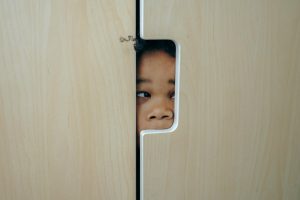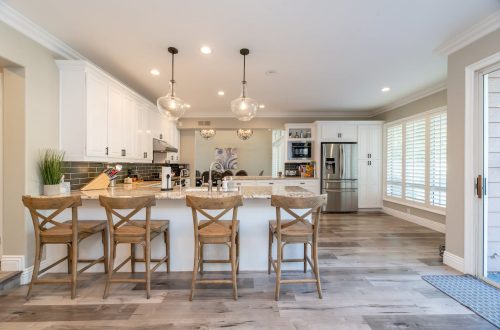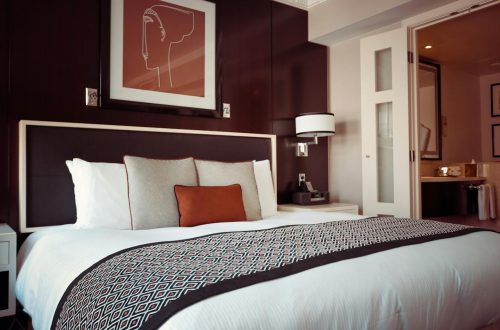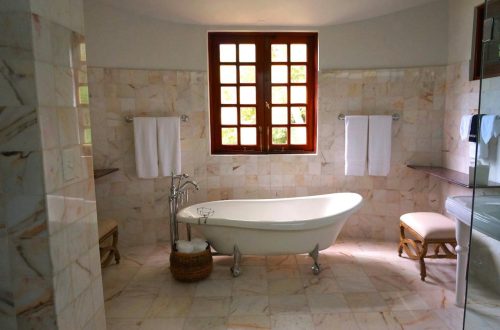Step 1: Declutter and Donate
The first step in achieving a well-organized kid’s closet is decluttering. Involve your child in the process, teaching them about the importance of letting go of items they no longer use or need.
Sort through clothes, shoes, and accessories, setting aside items that can be donated or passed down. Create designated bins for outgrown clothes and toys, making it easy to maintain a clutter-free space. This not only streamlines the closet but also teaches children the value of giving back.
Step 2: Age-Appropriate Clothing Arrangement
Organize your child’s clothes in a way that suits their age and abilities. For younger kids, consider arranging clothes by outfit, making it simpler for them to select their attire independently.
Use lower rods and shelves for easy access to their everyday items. As they grow, gradually introduce a more traditional arrangement with categories like tops, bottoms, and accessories. This step-by-step transition allows them to develop organizational skills at their own pace.
Step 3: Utilize Kid-Friendly Hangers and Organizers
Invest in child-sized hangers and organizers to make the closet more accessible for your little one. Colorful hangers and bins not only add a playful touch but also make it easier for kids to identify their belongings. Install low hooks or pegs for backpacks, hats, and jackets.
Clear bins or labeled baskets are excellent for storing smaller items like socks, accessories, or toys, ensuring everything has a designated place and is easy to find.

Photo by Ketut Subiyanto
Step 4: Maximize Space with Adjustable Shelving
Kids’ closets need to adapt to their changing needs. Install adjustable shelving to accommodate various sizes of clothing and easily reconfigure the space as your child grows.
Utilize the vertical space by adding shelves or cubbies for shoes, toys, or extra storage bins. A well-designed closet not only maximizes space but also encourages kids to take responsibility for maintaining order.
Step 5: Create a Dressing Station
Empower your child to independently select their outfits by creating a dressing station within the closet. Hang a mirror at their eye level and designate a shelf or drawer for accessories like bows, hats, or jewelry.
This dedicated space not only encourages self-sufficiency but also adds a touch of excitement to the morning routine. Incorporate labels or pictures on bins to help younger kids identify and locate their belongings easily.
Conclusion
In conclusion, transforming your child’s closet into an organized and efficient space is a rewarding endeavor that contributes to their development and daily routine. By following these comprehensive steps, you not only create a visually appealing and functional closet but also instill valuable organizational habits that will benefit them for years to come. Enjoy the benefits of an effortlessly tidy kid’s closet, fostering independence and a sense of pride in your child.







